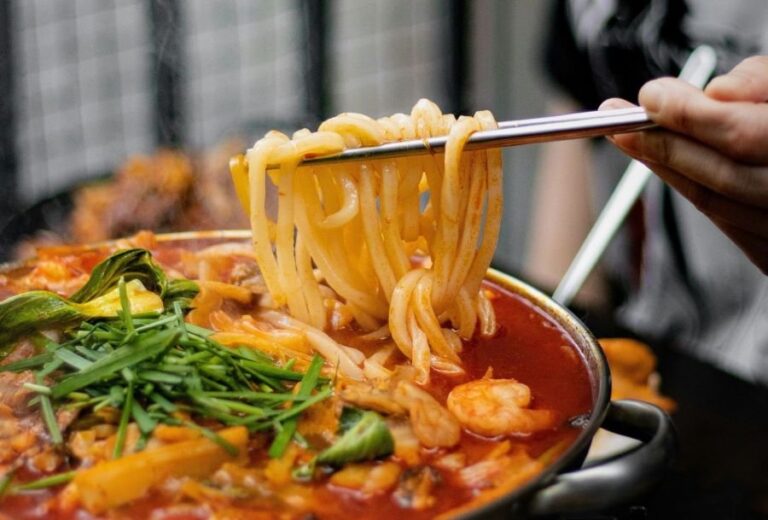2. Composition
Composition plays a key role in food photography. It’s not just about capturing the subject; it’s about conveying the entire scene. Before taking a photo, think about how to best arrange the elements in the frame to tell a story. Place the main dish, along with any additional items like utensils, napkins, spices, or a bouquet on the table. You can also switch your camera to macro mode to take a few close-ups of the dish’s details to highlight its texture, colors, and presentation. All of this plays an important and useful role — the details are what make the shot interesting, memorable.
3. Stability
To get sharp and focused shots, keep your camera steady. Unwanted camera shaking might destroy a perfectly composed photo. If you don’t have a tripod, you can try to steady your camera by placing it on a firm surface like a table or using your surroundings, such as a wall or a stack of books. You can also utilize the timer function or a remote shutter release to prevent movement when pushing the shutter button.
4. Experimenting
Food photography is no exception to the rule that variety is the spice of life. Don’t just take one typical shot of your meal. Experiment with various angles, focus lengths, and compositions. Capture close-ups of the food as well as wider photos to convey the general atmosphere of the restaurant. Include photographs of the surroundings, such as the restaurant’s interior or the bustling street outside, to provide context and give your photos a sense of place.
Summary
Using these four tips – lighting, composition, stability, and creativity – you can capture the spirit and beauty of the culinary treasures you discover while traveling. Remember that food photography is not only about capturing the flavors of the food and gratifying visual appetites. It is also about preserving memories and spreading the joy of discovery to others. So, grab your camera, embrace the flavors of the world, and let your food photography journey begin! Bon appétit and happy snapping!



